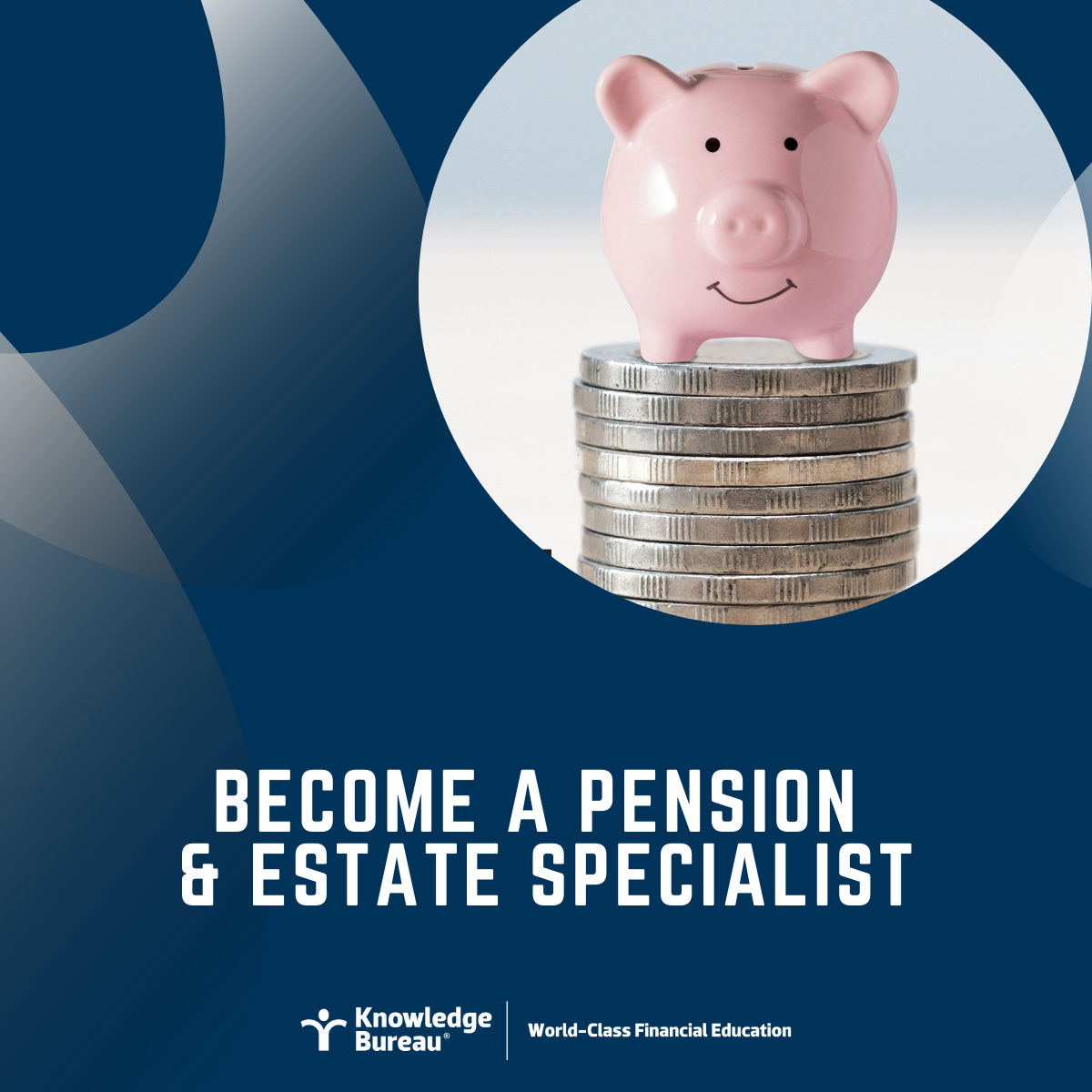Last updated: June 02 2021
Important Role: OAS in Retirement Income Planning

Beth Graddon
More than 60% of Canadians don’t have an employer sponsored pension, and as a result, the OAS is becoming increasingly important for those relying on reliable income in retirement. Advisors agree: 72% of more than 400 tax and financial professionals who answered the KBR April poll said “yes” to the question “Are you in favour of the OAS raise of 10% in 2022 for those age 75 or older?” However, many also left very insightful comments about the important role of public pensions in financial health in retirement.
“The OAS increase should be for all seniors over the age of 65. No discrimination. Not all seniors had the opportunity to have a pension plan during their working years or make enough to contribute to RRSPs while raising a family and keeping a roof over their heads.” – Suzanne Hayes
“I do not agree with the increase for those 75+; it should be for those receiving the Guaranteed Income Supplement. Those seniors should receive the increase; there are many seniors 75+ that do not need the increase.” – Anni
“Yes. This age group, 75+ has waited years without an increase. Those younger will also be entitled at age 75. This would also be more economical for the Government.” – M. Charles
“I am never in favour of a rule that gives preferential advantages because of age, gender, race etc......in general. If the OAS is raised, it needs to include all seniors starting at age 65 and forward as those who retired at 65 did not have a choice.” – Jacquie Johnston
“I think it would be more beneficial to increase the GIS rate paid and increase the income cut off limit. This would be a more targeted approach to seniors that could really use the extra  money.” – GCAT
money.” – GCAT
“I think it is a good idea. This group is suffering from increase in pricing of food, shelter and transportation expenses as a result of covid-19. The federal and provincial governments will be trying to reduce their deficits on the back of all Canadians. Seniors usually are on fixed incomes and as a result of an increase in the inflation rate their expendable income will go down. An increase in OAS benefits will help meet their needs.” – John Frank Bird
“I'm sure the Feds have crunched the numbers. This is a tax grab! They know more seniors will be clawed back than those who will receive a favorable benefit from the increase. The clawback limits should rise by an equal amount to be fair. I agree with those who comment that increasing the GIS would be a better plan for those needing more income.” – Janet
“OAS should have a much lower claw back level with lower income seniors getting a higher payment. The current claw back levels are too high and ideally, I would like to see this support being asset tested and not income tested.” – Jim Lawton
Ready to position to help clients with all of their retirement income planning needs?
Enrol in the Tax-Efficient Retirement Income Certificate Course today!
This course marries tax and financial planning competencies in order to help clients adequately fund tax-efficient income requirements by accumulating, growing, preserving and transitioning wealth through three phases of retirement—pre-retirement, in-retirement and post-retirement.
This course allows advisors to develop a consistent process for multi-generational planning that looks at tax efficiency of both income and capital left for spouses and heirs, using cutting edge tools to predict how sustainable savings will be and what can be done through income averaging, income splitting and tax deferral.
Course Content
Chapter 1 | Methodology: Tax-Efficient Retirement Income Planning
Chapter 2 | First Steps: Helping Clients Envision the Plan
Chapter 3 | Tax Changes Relating to Retirees
Chapter 4 | Managing Government Income Sources
Chapter 5 | Managing Canada Pension Plan
Chapter 6 | Planning with Tax-Assisted, Self-Funded Sources
Chapter 7 | Foreign Pensions and Non-Registered Accounts
Chapter 8 | Tax-Efficient Retirement Income Planning for Employees Part 1
Chapter 9 | Tax-Efficient Retirement Income Planning for Employees Part 2
Chapter 10 | Planning for Post-Retirement and Survivors
Student Experience
“The detailed approach to the tax-efficient retirement income planning thought process, as well as the online tools, were easily understood and very effective. What I liked best about this course was the understanding of the implications of taxes on household income. The calculators were particularly helpful in this area. Great tools. I also really appreciated the inclusion of Strategic Philanthropy. This is an important area to discuss with clients and one that Canadians generally need to be educated on. The Knowledge Journal was excellent, very comprehensive and a wealth of information that I will use in the future. The study group was also very effective. It allowed us to share knowledge, understanding and client experiences to enhance the information provided.”
—Joan M., ON

